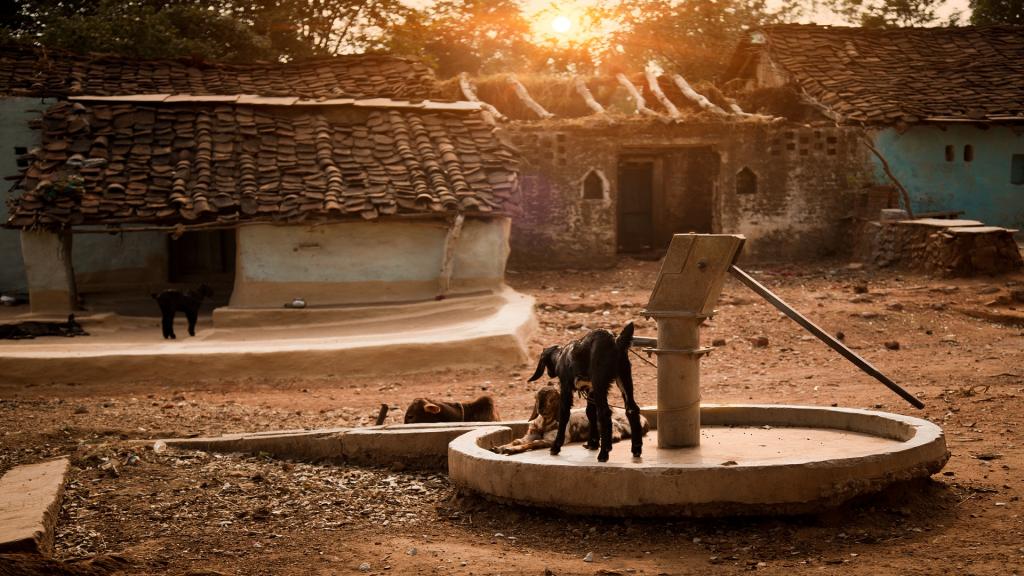India is facing a serious groundwater crisis, as millions of people are exposed to high levels of arsenic and fluoride in their drinking water sources. According to the latest data from the Central Ground Water Board (CGWB), arsenic has been detected in parts of 230 districts in 25 states and fluoride in 469 districts in 27 states. These contaminants pose serious health risks, such as cancer, skin lesions, bone deformities, dental fluorosis, and neurological disorders.
The CGWB, under the Ministry of Jal Shakti, is the nodal agency for monitoring and assessing the groundwater quality in the country. It has conducted several studies in collaboration with other institutions, such as the National Institute of Hydrology (NIH) and the Geological Survey of India (GSI), to understand the extent and causes of groundwater contamination.
The studies indicate that the groundwater contamination is mostly geogenic, meaning that it originates from the natural geological processes and mineral composition of the aquifers. However, human activities, such as overexploitation, irrigation, industrialization, and urbanization, can also contribute to the deterioration of groundwater quality.
The CGWB and the NIH prepared a report on “Mitigation and Remedy of Groundwater menace in India: A Vision Document” in 2010, which suggested various measures to address the groundwater contamination problem. The report has been circulated to various concerned agencies and departments for guidance and execution.
Some of the measures include:
- Mapping and delineating the contaminated areas and creating a database of affected population and water sources.
- Providing safe drinking water supply through alternative sources, such as piped water, rainwater harvesting, and community water treatment plants.
- Implementing mass awareness campaigns and health education programs to inform the public about the health hazards of contaminated water and the preventive measures to be taken.
- Promoting the use of low-cost and appropriate technologies for testing and treating the contaminated water at household and community levels.
- Regulating the groundwater extraction and use through legal and institutional frameworks and enforcing the standards for groundwater quality.
The Minister of State for Jal Shakti, Bishweswar Tudu, informed the Rajya Sabha on Monday that the CGWB has recently signed a Memorandum of Understanding (MoU) with the GSI for the study of groundwater contamination, including arsenic and fluoride, with the focus on eight states – Punjab, Haryana, Andhra Pradesh, Uttar Pradesh, Chhattisgarh, Jharkhand, Bihar, and Assam. These states have been identified as the most vulnerable to groundwater contamination, according to the CGWB data.
The Minister also said that there is no conclusive evidence regarding the increase in concentration of the contaminants over time. He attributed the increase in the instances of arsenic contamination to the revision of the permissible limit of arsenic in drinking water from 50 ppb to 10 ppb by the Bureau of Indian Standards (BIS) in 2015 and an increase in the number of sampling points.









